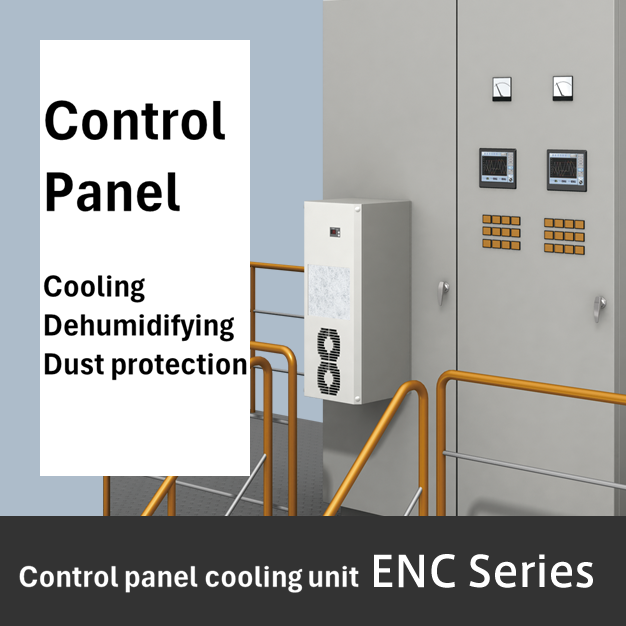Causes of failure and lifespan of semiconductors and aluminum electrolytic capacitors
Semiconductors, represented by diodes, transistors, and IC integrated circuits, are electronic components that are indispensable not only to production equipment but also to our daily lives, as they act as high-speed switches in electrical circuits, as elements that allow electricity to flow in only one direction, as elements that convert electricity to light like LEDs and lasers, and as elements that convert light to electricity.
Capacitors are electronic components that charge and discharge electricity, and are extremely important in electrical circuits for stabilizing voltage, rectifying, and removing noise. Electrolytic capacitors are particularly commonly used in power supply circuits and inverters.
Let's consider the causes of failure and lifespan of semiconductors and aluminum electrolytic capacitors.
Semiconductor failure rate and ambient temperature
Heat and temperature accelerate the failure of semiconductor devices
The graph on the right shows the relationship between semiconductor temperature and failure rate, based on Arrhenius' law, which predicts the lifespan of semiconductors due to temperature stress. The vertical axis is the failure rate.
One of the causes of failure is deterioration, which occurs through chemical reactions and accelerates in high temperature environment. In the graph, the failure rate at an ambient temperature of 40°C is 1, but at 60°C the failure rate increases by more than 10 times, and at 80°C it increases by more than 100 times, showing that semiconductor components such as diodes, transistors, and ICs are extremely vulnerable to heat and temperature.
Relationship between ambient temperature and failure rate of semiconductors

Servo amplifier surface temperature during operation

Aluminum electrolytic capacitor lifespan and ambient temperature
The lifespan is reduced to 1/2 at an ambient temperature of +10°C and to 1/4 at +20°C.
Electrolytic capacitors are essential for electronic circuits such as circuit boards, and it is no exaggeration to say that the lifespan of electronic devices is determined by the lifespan of these aluminum electrolytic capacitors.
Because the rate at which the internal electrolyte penetrates and diffuses within the rubber elastic body doubles with every 10°C increase, the acceleration of the lifespan of an aluminum electrolytic capacitor is known as the "10°C doubling rule." The graph shows that a typical electrolytic capacitor has an expected lifespan of 80,000 hours at 30°C, 40,000 hours at 40°C, and 20,000 hours (one-quarter of its lifespan) at 50°C. At 60°C, the expected lifespan is a mere 10,000 hours (one-eighth of its lifespan). This can be a major cause of failure in inverters, servo amplifiers, and PLCs. Caution is required, as temperatures inside panels in the summer can reach nearly 20°C above the ambient temperature (one-quarter of their lifespan).
Calculation formula for electrolytic capacitor lifespan

Lo: Basic life T1: Maximum allowable temperature of the capacitor T2: Operating temperature of the capacitor
(From the general Arrhenius chemical reaction rate equation)
Relationship between electrolytic capacitor lifespan and cooling requirements

Note: This is based on the data for an electrolytic capacitor with a lifespan of 2000 hours at 85°C.
Quick explanation: inverter design life and the need for condenser cooling
Generally, Use Area Temperature (temperature inside panel) for inverter use is limited to 50°C, but panel without heat countermeasures can reach temperatures approaching 60°C during hot outdoor periods such as summer. The standard expected temperature (temperature inside panel) for cooling fans and aluminum electrolytic capacitors, which can cause inverter failure, is 40°C, so it is important to cool the inside of panel and maintain a constant temperature.
control panel cooling unit is shipped with a temperature setting of 35°C as the standard, with some leeway.


